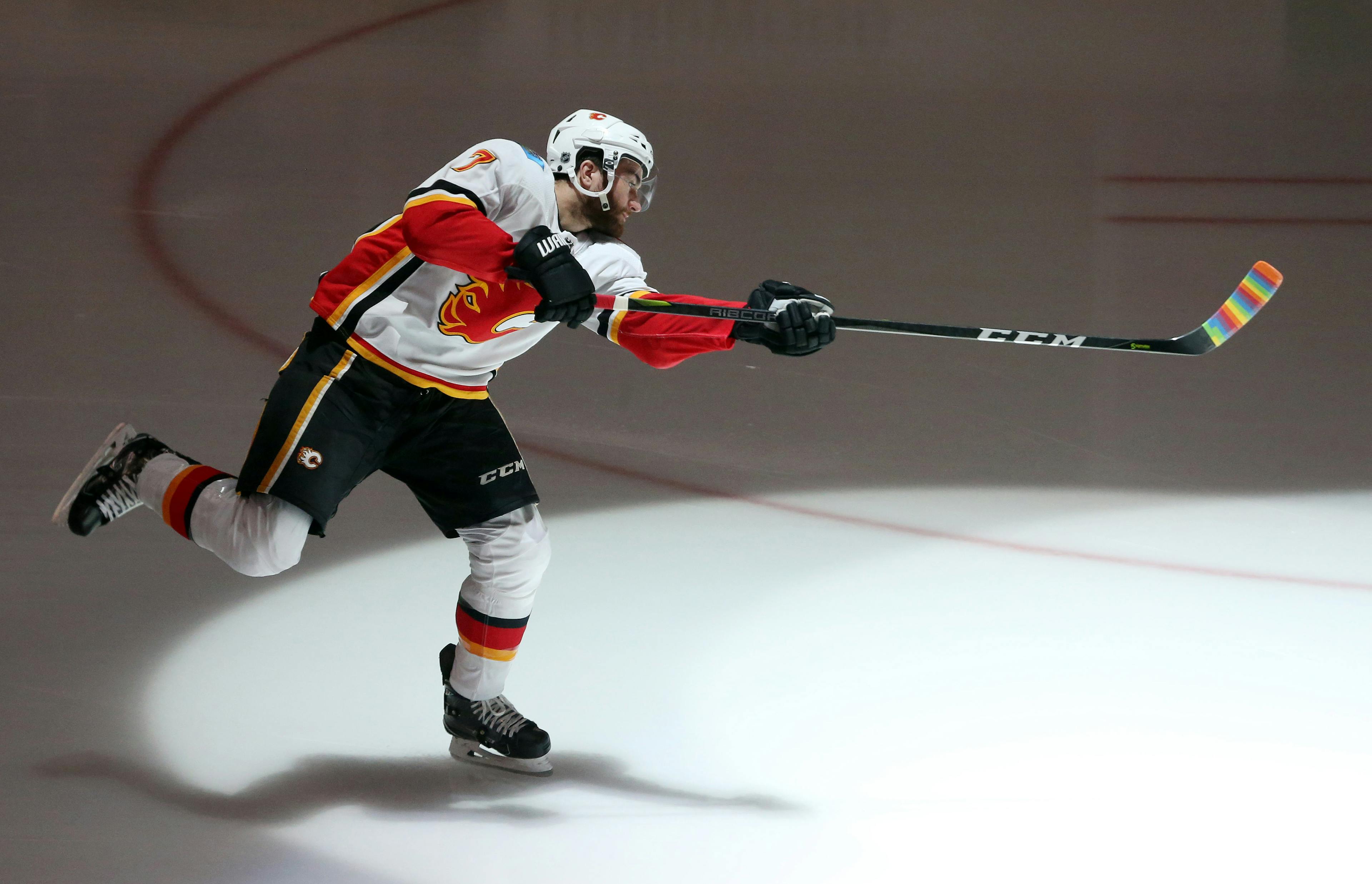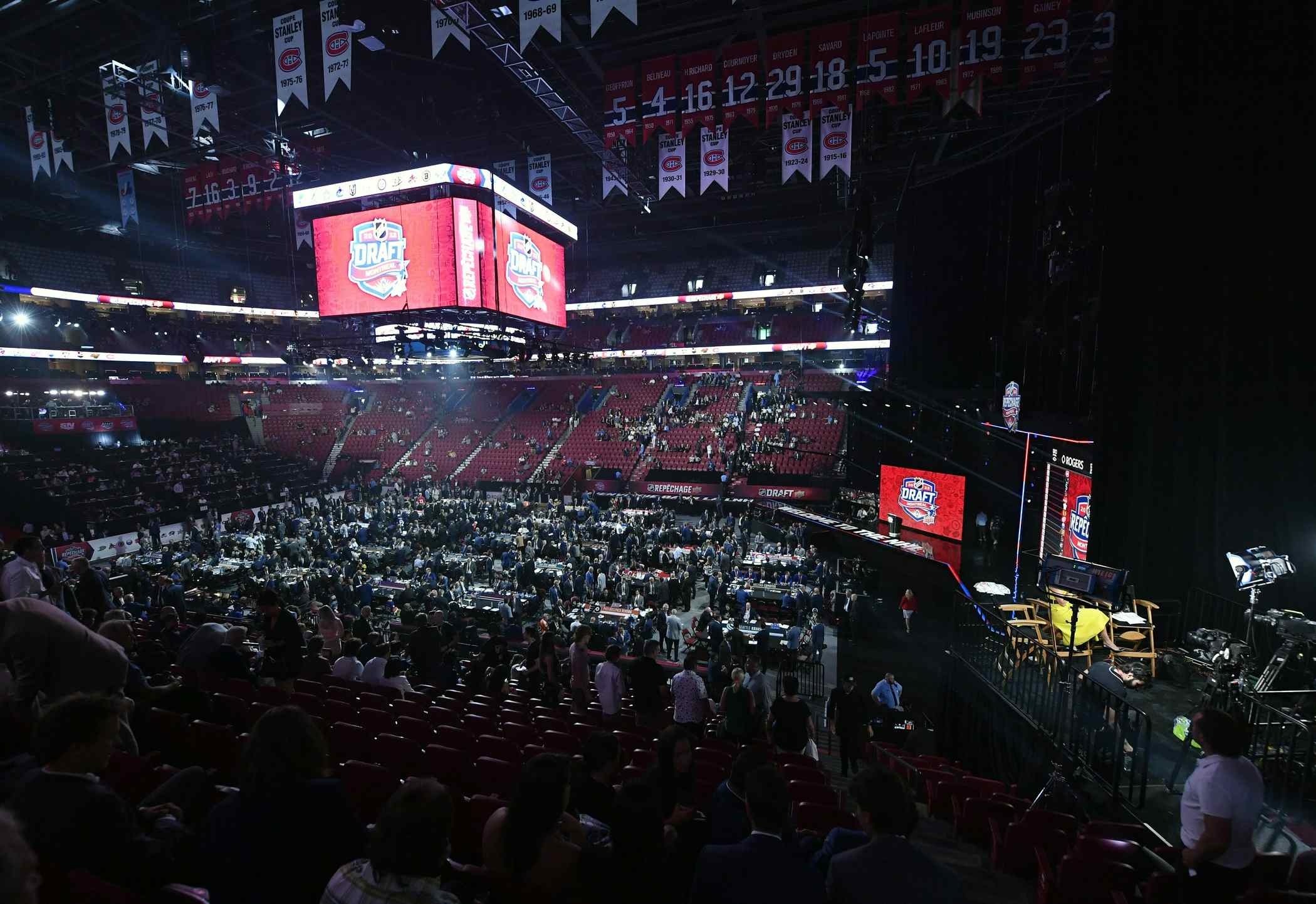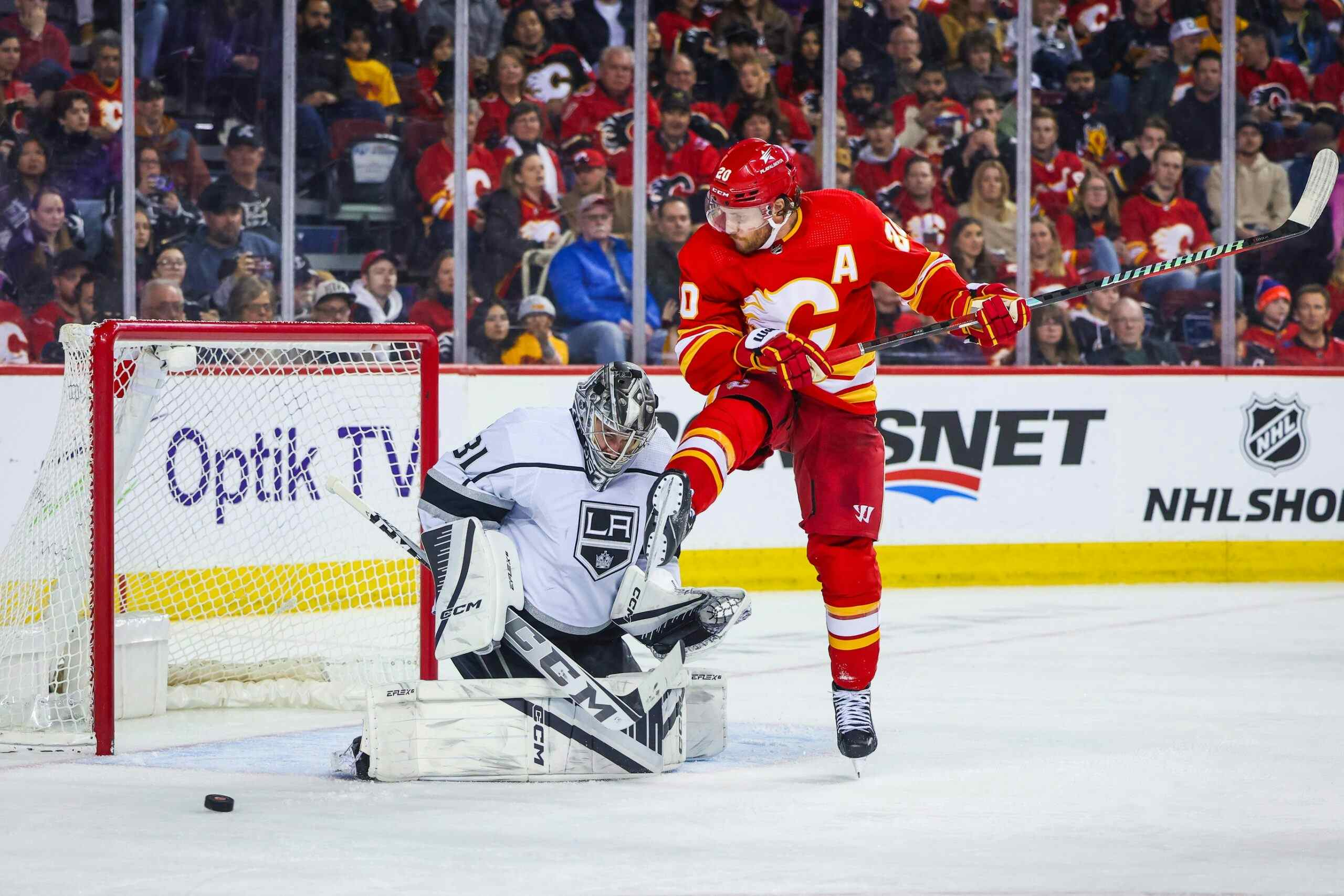FlamesNation player evaluation: TJ Brodie

By Ari Yanover
5 years agoTJ Brodie has been an excellent player for the Flames for many seasons. Mark Giordano’s rise to a top pairing defenceman kicked off alongside him. The past two seasons, though – since they were separated, since Brodie began playing the left side of the ice instead of the right, since Glen Gulutzan took over – he’s fallen from grace.
Can a new coach or an old approach help him get back to where he was before?
2017-18 season summary
Brodie was, oddly, treated as a top pairing defender despite not being on the top pairing. He averaged the second most ice time per game. Though he finished third in Flames defencemen powerplay ice time, he spent the first half of the season on the top unit. He was 11th on the team for total shots, a poor 3.4 shooting percentage (well below his career average of 5.8%) not helping matters.
| Games played | Goals | Assists | Points | TOI/GP | 5v5 CF% | 5v5 CF% rel | OZS% | PDO |
| 73 | 4 | 28 | 32 | 23:41 | 50.75 | -3.92 | 50.00 | .991 |
His most notable moment came in the second game of the season, when Brodie scored twice and added on two assists for the second four-point game of his career. He scored the Flames’ first goal of the season, but was only able to add on another three in the ensuing 71 games. Brodie’s season ended prematurely when a Ryan Reaves hit concussed him; it came about the time the Flames weren’t mathematically eliminated, but it was becoming inevitable.
Eleven of Brodie’s 32 points came on the man advantage, so it’s not as though he was relying on his unjustified powerplay time to score points – but it certainly helped him.
Brodie played primarily with Travis Hamonic. The two shared 1062:40 5v5 minutes together, posting a 51.32% 5v5 CF. The bad news for Brodie: away from Hamonic, he was a 49.38% 5v5 CF. Hamonic, away from Brodie, was at 52.43%. Something that may have played a factor in that, though, is that whenever Brodie wasn’t playing with Hamonic, he was playing alongside Michael Stone. After spending years as Giordano’s partner, the two only played 5:10 5v5 minutes together all season.
On the forward side of things, Brodie most often played with Mikael Backlund, Johnny Gaudreau, Matthew Tkachuk, Michael Frolik, Sean Monahan, and Micheal Ferland: primarily top six guys, but with a slant towards the shutdown line, as opposed to the high scoring one. His 50.00% offensive zone starts had more to do with how often the Flames started in the offensive zone than anything else: Brodie and Hamonic were tasked with the worst offensive zone starts among all Flames defencemen.
Compared to last season
Brodie shot the puck a lot more this past season than he typically does. And no, the extra powerplay time likely didn’t have anything to do with it: of the 118 shots on net Brodie took in 2017-18 (second most of his career), only 18 came on the man advantage.
Brodie only shot the puck 78 times in 2016-17, and 79 times in 2015-16. The difference? He shot at 7.7% and 7.6% in those seasons, resulting in six goals. If he’d been able to shoot at that same rate in 2017-18, he would have scored nine goals instead of just four; nine would have been the second most in his career.
Even with the lacklustre shooting percentage, Brodie’s offensive numbers didn’t dip too much: from 36 points in 2016-17 to 32 this past season. When he played top pairing with Giordano, however, he was able to score 40+ points easily.
All in all, though, Brodie appears to have suffered under Gulutzan. Being removed – deservingly so, Dougie Hamilton is just a better player – from Giordano’s right probably played a part in that, but doesn’t exclusively explain how Brodie went from a consistently positive asset for the Flames to someone putting up relative negative numbers. He had been on a bit of a decline – in the 2013-14 season his (and Giordano’s) relative numbers were extremely high because everyone else was so bad – but this past season was unprecedented in how terrible it was. It was easily the worst year of Brodie’s career since he played three games in 2010-11 as a first-year pro and immediately proved he wasn’t ready.
What about next season?
Brodie may very well be the biggest question mark for the Flames next season – that is, assuming he’s still on the Flames. With prospects starting to push for jobs and Brodie’s past pedigree, he may find himself on the outs as the Flames look to upgrade their forwards and make room for the kids.
It might be worth seeing if Brodie can rebound next season, however. He’s performed below his standards the past two years, and maybe that was because he was separated from Giordano, maybe it was because he had to play the left side instead of his preferred right, or maybe it was because he just couldn’t make things work under Gulutzan. If Peters can get Brodie back to the level he played at just three seasons ago, then the Flames’ defence really could be as enviable as analysts initially predicted it to be.
And Brodie may have more offence in him. Like the Flames, he suffered from a below average shooting percentage. If he’s able to keep his shot rates up – as he did in 2014-15 – and gets some better luck, then the Flames could have a formidable top three defence in scoring.
However, if Brodie can’t regain his form, then he’ll look increasingly like a burden: less so in the contract department, and more so on the ice, because there were way too many times in 2017-18 he was simply an unmitigated disaster. It was out of character, and you hope the season was a blip, not a sign of things to come.
| #5 – Mark Giordano |
Recent articles from Ari Yanover





